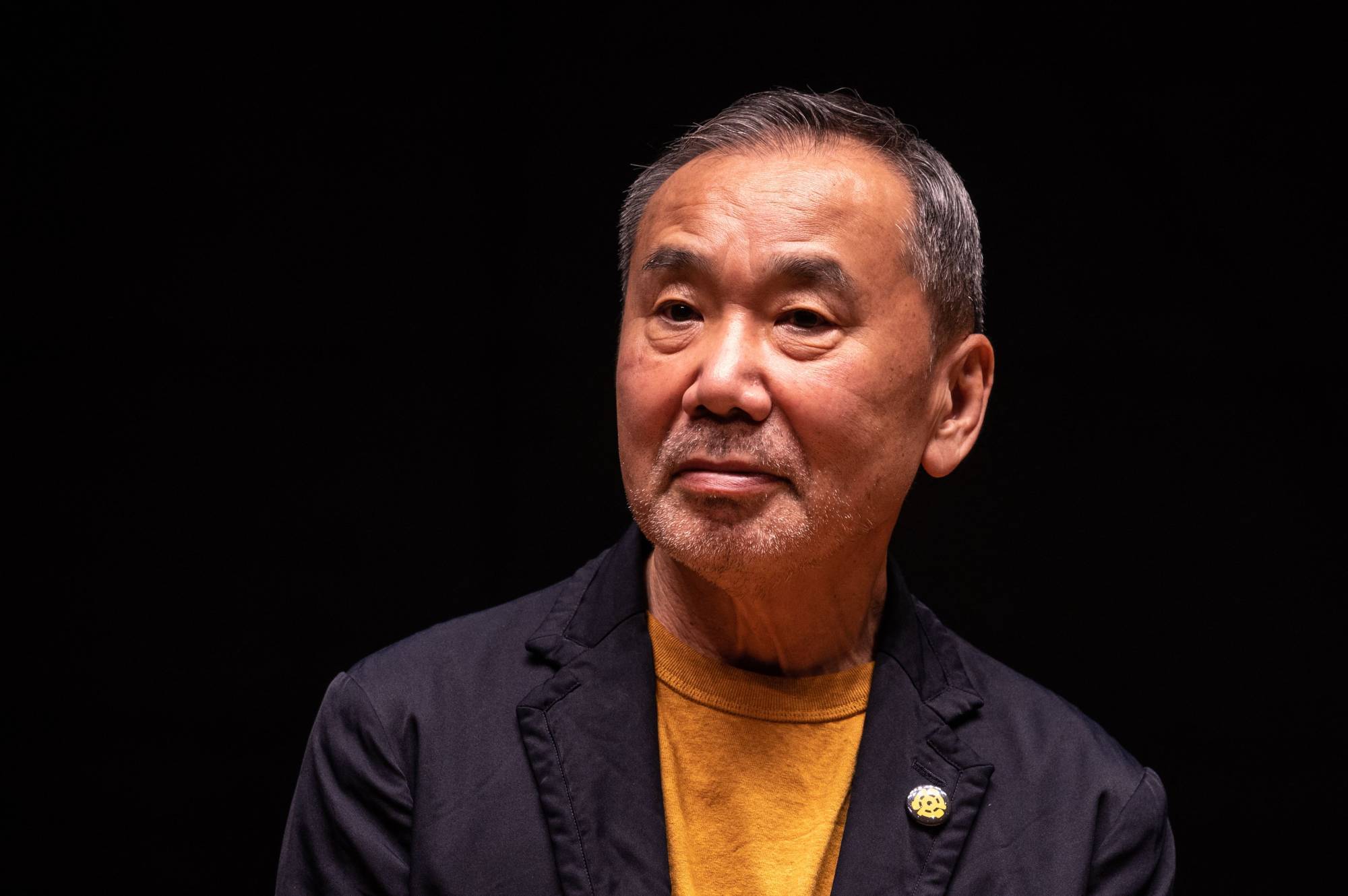
Murakami Bingo: Is Animation the Ideal Form for Adapting the “Undadaptable” Author?
NOTE: This article is a republication- Source: LitHub (by Ryan Bedsaul).
What can animation achieve that live action films cannot? And what sorts of stories are better equipped for one or the other? Nowhere are these questions more pressing than when it comes to adaptation, yet the default format—from Jane Austen’s oeuvre to Jurassic Park—is almost always live action. However, Pierre Földes’s new Haruki Murakami adaptation, Blind Willow, Sleeping Woman, reveals exactly what animation can offer adaptation that live action cannot.
Sometimes adaptations are a simple translation from one form to another, like No Country for Old Men (2007), which, thanks to Cormac McCarthy’s clean prose and screenplay-ready structure, thoroughly resembles its source material. Other times, when an author’s style is less accommodating of the creative constraints of live action, sacrifices have to be made.
For example, John Huston’s adaptation of Under the Volcano strips Malcolm Lowry’s 400-page novel down to its essential plot beats, producing a mere dramatic reenactment in lieu of capturing the intense, rambling qualities of Lowry’s prose in cinematic form. This is often the tradeoff when it comes to the notoriously “unadaptable” work of authors such as James Joyce or Virginia Woolf: one overlooks the more striking aspects of the prose to meet the theatrical standards of live action.
For a long time, Murakami was considered to be among the ranks of “unadaptable” authors, but in the past few years, fans have been treated to some excellent adaptations of his work, including Burning (2018) and Drive My Car (2021). The former is based on “Barn Burning,” a short story that director Lee Chang-Dong transforms into a two-and-a-half-hour slow burn thriller infused with rich sociological subtext specific to his home country, South Korea. The latter is indebted to several stories from Murakami’s recent collection Men Without Women, which director Ryusuke Hamaguchi uses as the foundation for his drama about loss and performance. But if one watched either of these films without knowing they were Murakami adaptations, would one recognize them as such?
Click here to read the full article